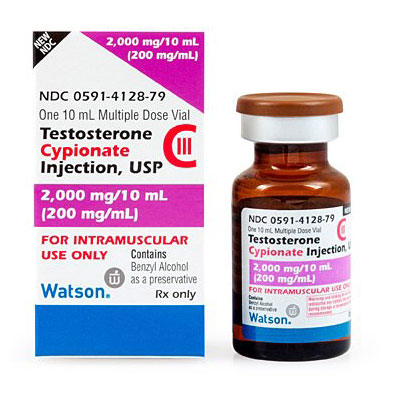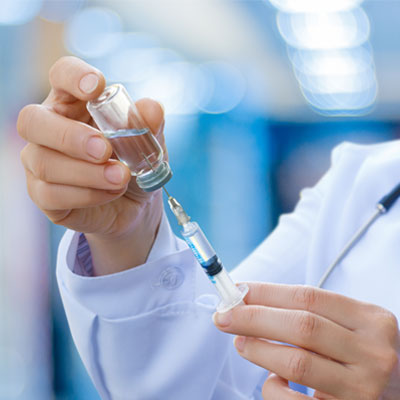Testosterone Replacement Shots vs. Testosterone Pellets
Contents
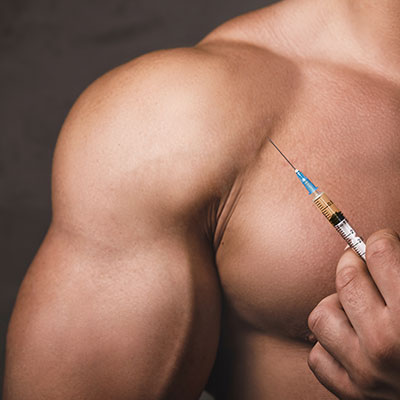
Each of the various methods of delivering testosterone has its own relative advantages and disadvantages. The most commonly prescribed delivery methods for testosterone therapy are:
- Testosterone Injections
- Testosterone Patches
- Testosterone Pellets
On this page, we will discuss the relative merits and indications of each type of testosterone therapy.
However, only you and your doctor can decide which delivery method is best for you based on your testosterone test results, your medical history, and individual needs and lifestyle.
About Testosterone Injections
Generally speaking, most prescribers of testosterone therapy agree that testosterone injections are the safest and most effective way to give testosterone therapy. Testosterone injections are given into muscles. Testosterone therapy given as intramuscular injections is more easily and rapidly absorbed into the bloodstream than most other ways to take testosterone.
Testosterone injections are usually given once every 2 to 4 weeks. Testosterone injections will be given by your healthcare provider, or you will be taught how to self-administer them at home. The total length of time you will have to be on testosterone injections will be determined by your individual symptoms and diagnosis.
Injectable testosterone is usually prescribed as testosterone enanthate, testosterone cypionate, or testosterone propionate. All are what are known as testosterone esters. Esterification is a chemical process that makes testosterone more soluble and, therefore, injectable.
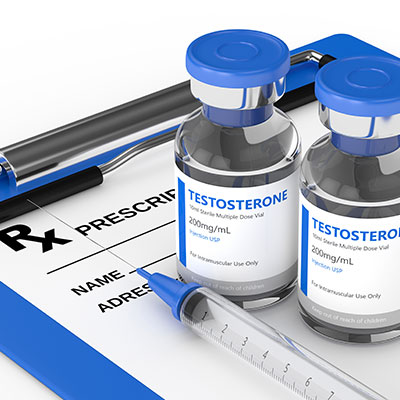
Testosterone Cypionate – Testosterone cypionate is considered to be a “longer-acting” testosterone than enanthate. It tends to take seven to eight days to be fully metabolized. Cypionate is often begun with a starting dose similar to enanthate, but since it lasts longer, it is only administered every seven days.
Testosterone Propionate – Of the three types, testosterone propionate is considered to be the “fastest acting.” Testosterone propionate has been known to peak in the blood within hours of being injected. It can be metabolized in as little as three days. Testosterone propionate injections should be administered every two to three days.
The most commonly prescribed ester of testosterone injections is testosterone cypionate. The most popular brand of testosterone cypionate is Depo-Testosterone. It is more commonly known as “Depo.” Depo was the first testosterone injectable approved by the FDA. It has been produced by Pharmacia and Upjohn since 1979.
No matter the type, testosterone injections can be given to you by your doctor or nurse. You can also learn to give yourself your testosterone injections. Many patients prefer to self-administer their testosterone injections. All types of testosterone injections are given into the muscles. The most common injection sites are the thighs or the buttocks.
About Testosterone Patches
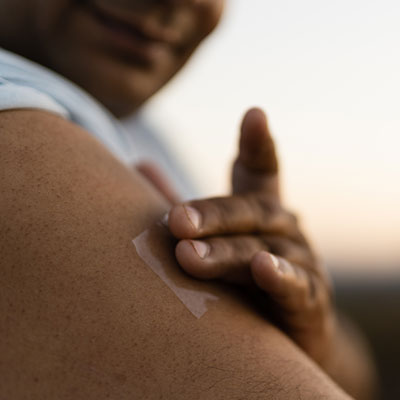
Patches can be a convenient form of testosterone therapy for some, but they have several drawbacks. While there is the advantage of not having to take daily injections, Absorption rates vary from person to person. How well the testosterone is absorbed is even influenced by your level of sweat, so even the time of year, the temperature in a given room or location, or your level of stress and anxiety can influence how well the testosterone from the patch is absorbed into the bloodstream.
Patches can cause a rash at the point of application and can sometimes not adhere well to your skin, especially in the presence of body hair.
With patches, as with testosterone creams or gels, there can be a problem with the “cross-contamination” of a person – particularly a woman or child – coming into contact with the patch or residual testosterone on the skin or clothes of the patch user. Patches are not recommended for men who live in a home with children. Coming into contact with testosterone can be especially dangerous for children or pregnant women.
Finally, doses of testosterone available in patches are limited. Therefore, if your dose of testosterone needs to be adjusted over the course of your testosterone therapy – as it often does – it is not so easy to do so with testosterone patches.
About testosterone Pellets
Testosterone pellet therapy involves a small “pellet” about the size of a grain of rice inserted beneath the surface of the skin. The hormone pellet releases the prescribed dosage of testosterone slowly over time.
The idea behind pellet therapy is that it is designed to release hormones more the way your body does. Other advantages of pellets vs. injections or other testosterone delivery methods, with pellets:
- There are no daily injections to take.
- Pellet therapy delivers consistent, physiologic levels of hormones.
- Consistent and physiologic dosing has been shown to maintain and improve bone density.
- Pellets bypass the liver and don’t negatively impact clotting factors, blood pressure, cloistral, glucose, or liver function.
Testosterone Shots vs. Pellets

- This type of testosterone replacement requires a minor surgical procedure. Technically, pellet implantation is surgery. But it’s a minor surgery with a tiny incision that uses local numbing instead of general anesthesia.
- Limited doses and difficult to change. One major drawback to testosterone pellets is that if you need to change your dose over the course of your testosterone replacement therapy, you need to have the pellet removed, and there are not as many dosage changes available as other forms of testosterone replacement like injections.
Besides the cons mentioned above, recent studies have found that patients on hormone pellet therapy can experience more extensive and more severe side effects than patients using testosterone injections.
According to a study published in Endocrine Today, when compared with patients using any other FDA-approved hormone therapy, those treated with estradiol and/or testosterone pellet therapy experienced six times the number of adverse side effects.
Why Choose Injections Over Pellets and Patches?
Because of the many cons and issues listed above, for most patients, our doctors believe that testosterone injections are the better alternative to testosterone pellets or testosterone patches.
When we are talking about testosterone injections, we are usually referring to the use of testosterone replacement therapy to treat men with low testosterone. While it is true that testosterone therapy can help both men and women, it’s primarily used to help men between the ages of 35 and 65 who are exhibiting the symptoms of low testosterone. Low testosterone in men is known by a few names. It is sometimes referred to as “low testosterone,” “Low-T,” “andropause,” or the more technical term “hypogonadism.” But no matter what you call it, testosterone injections can be used to very effectively counteract the steady drop in testosterone production that occurs as men age.
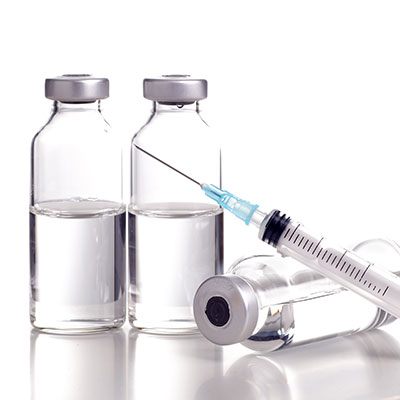
Beyond the proven safety and efficacy, there is such a wide variety of dosages and brands of injectable testosterone available that your doctor is bound to find one that meets your needs, goals, and lifestyle.
Should you have to have your dosage adjusted over the course of your testosterone replacement therapy, with testosterone shots, adjusting, dosages is quite easy. Also, there are none of the contact side effects or cross-contaminations risks associated with pellets and patches with testosterone injections.
If you are “needle-phobic,” you really should not worry about taking daily testosterone injections. The needles used for testosterone therapy are very small, and the shots are relatively painless. But, if even that may still be an issue for you, there are testosterone injections that are available in various syringe-free injectable devices such as pens and cartridges.
Also, doctors prefer testosterone injections because you tend to get quicker results since the testosterone is injected directly into the bloodstream. And finally, testosterone injections also tend to be the least expensive form of testosterone therapy available.
For all of these reasons, our doctors believe that testosterone injections are the most preferred way to receive testosterone therapy.
Now that you know a lot more about testosterone injections vs. patches and pellets, why not contact us today and learn more about the many life-changing benefits of testosterone therapy.



